|
Growing up on a small farm in Huntingdon County and falling in love with whitewater paddling adventures, R. John Dawes saw first-hand the importance of clean water and how issues that threatened that resource impacted the aquatic ecosystem. “I used to instruct whitewater kayaking and paddled a pretty significant portion of my life, so I love a lot of the creeks in Pennsylvania,” he said. “I have seen first-hand the significant impacts of abandoned mine lands. When I started paddling near Johnstown, the river would actually like burn your eyes when you would roll and that was due to the acidity that is associated with acid mine drainage. There were really orange riverbanks and no fish – things were completely still. The water couldn’t support macroinvertebrates or fish.”
“Reports that are flagged under the Middle Susquehanna Riverkeeper are immediately pulled into an interactive map we make available to the public on our website,” he said. “If you catch your fish in the Lower Susquehanna watershed – basically anywhere below where the Penns Creek enters the Susquehanna south of Selinsgrove, make sure to flag it under the Lower Susquehanna Riverkeeper account.” The actual photo report should be made at the time of your catch. “There is a big ‘plus’ button in the middle of the app when you have it open, and that will take you to the screen where you can very easily add a photo, some comments and any hashtags. Then save it and you are good to go,” Dawes said. “The map location will zoom right to where you are, so the hard part of having to interact with a map is already baked into the process.” Early returns have been positive for those who have participated in the project. “It was really easy to use,” said Lewisburg resident Kyle Golla, who has shared a number of images of fish caught by himself and his family in both the lower North and West branches. “I love the idea of sharing info about our amazing Susquehanna.” The app’s capabilities go beyond reporting images of fish, Dawes admitted. “One of the things we’ve noticed trending is harmful algal blooms. In another initiative, we’ve had individuals and organizations come to us with quantitative monitoring data, including parameters such as nitrogen and phosphorus levels and turbidity,” he said. “We are encouraging all people who spend time along our waterways to be observant and use the app to report concerns you may come across.” For more information about the Middle Susquehanna Riverkeeper’s Water Report efforts, including the interactive map of reports shared so far, visit middlesusquehannariverkeeper.org/report-a-concern.html Check out our growing library of podcast interviews with outdoor influencers from throughout our watershed by clicking here. Our list of guests include:
0 Comments
Leave a Reply. |
AuthorsRiverkeeper John Zaktansky is an award-winning journalist and avid promoter of the outdoors who loves camping, kayaking, fishing and hunting with the family. Archives
April 2024
Topics |
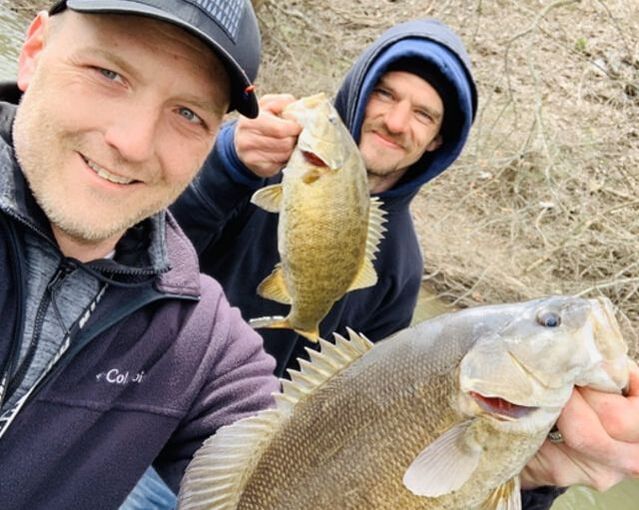

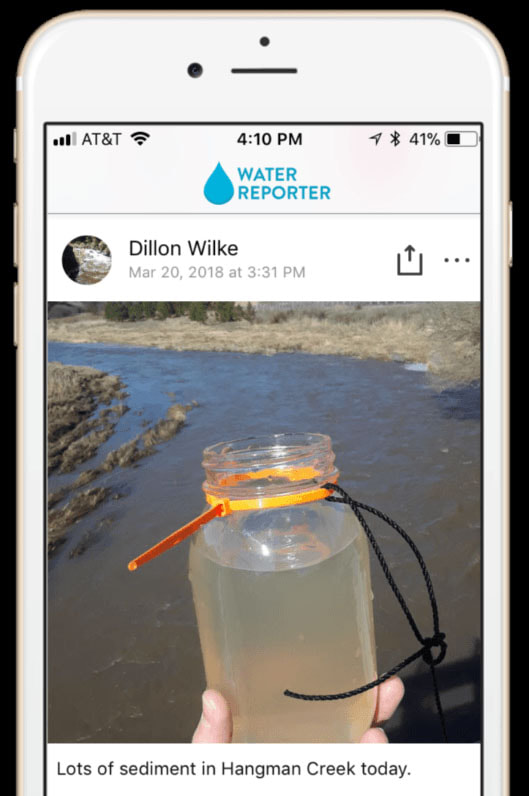
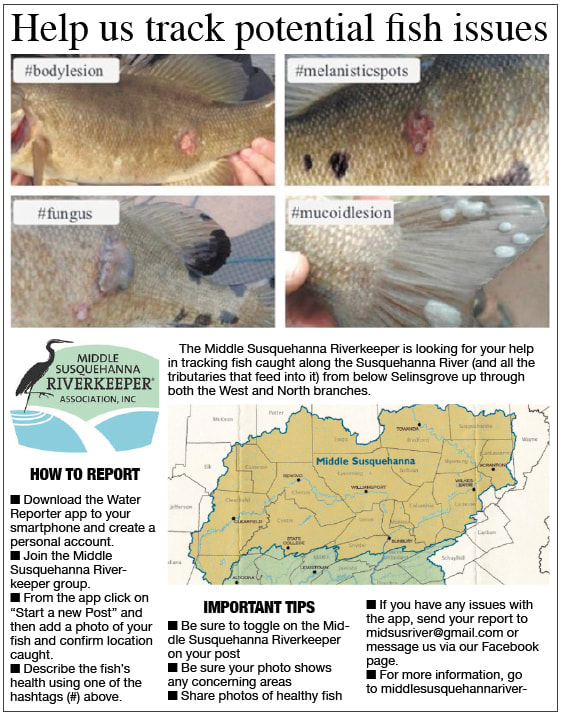
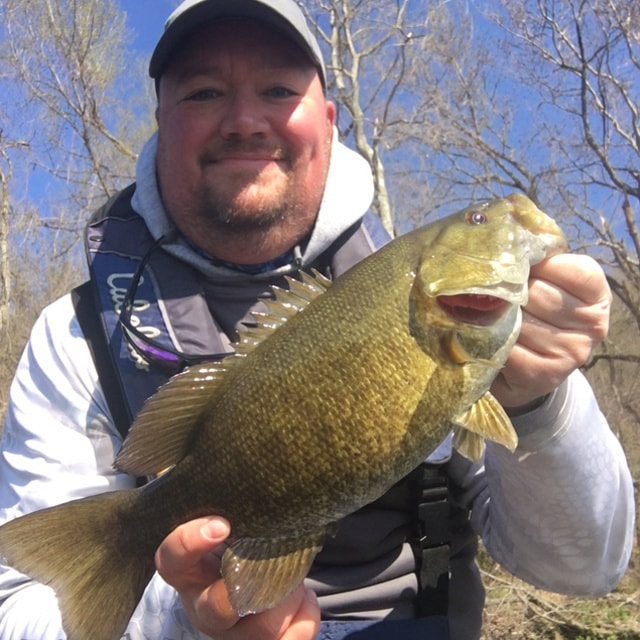
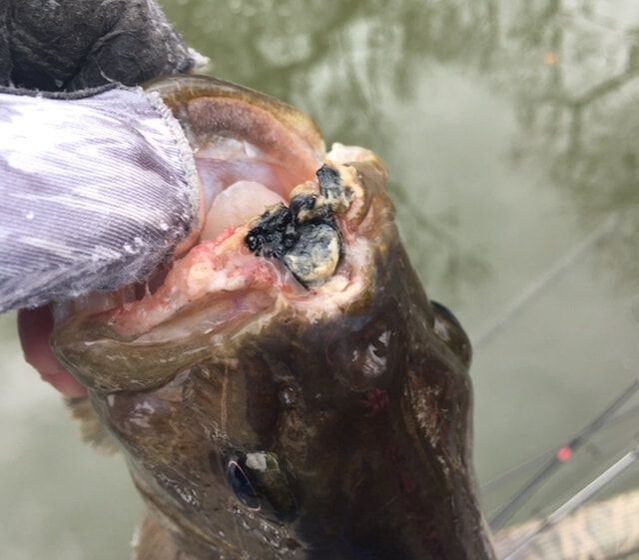
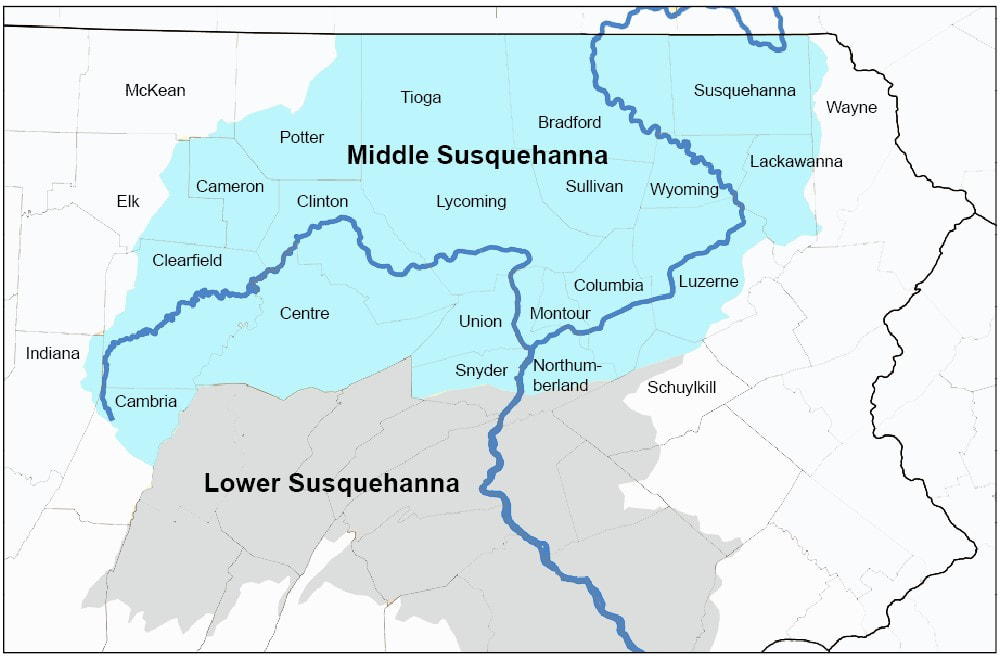
 RSS Feed
RSS Feed